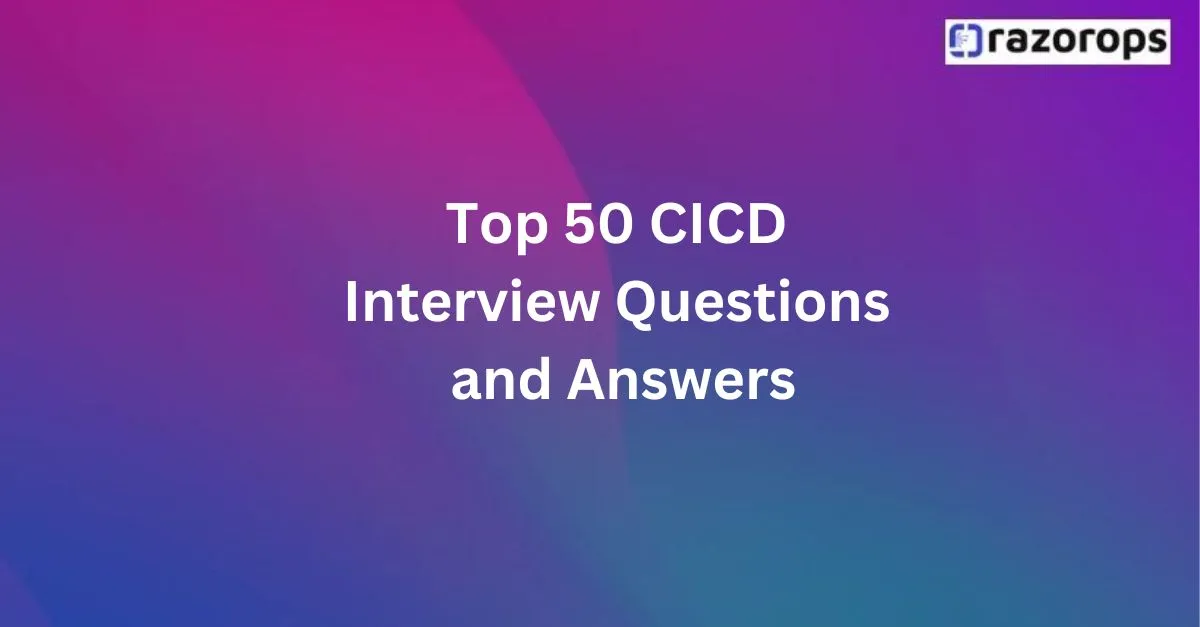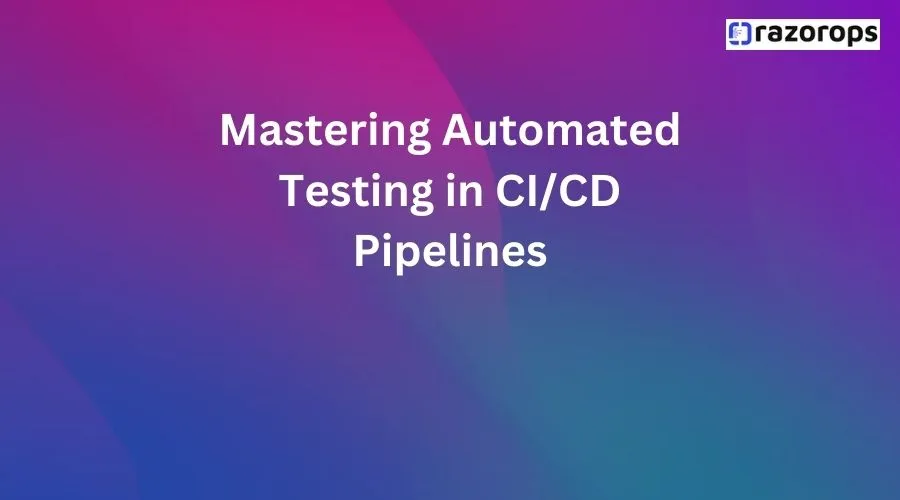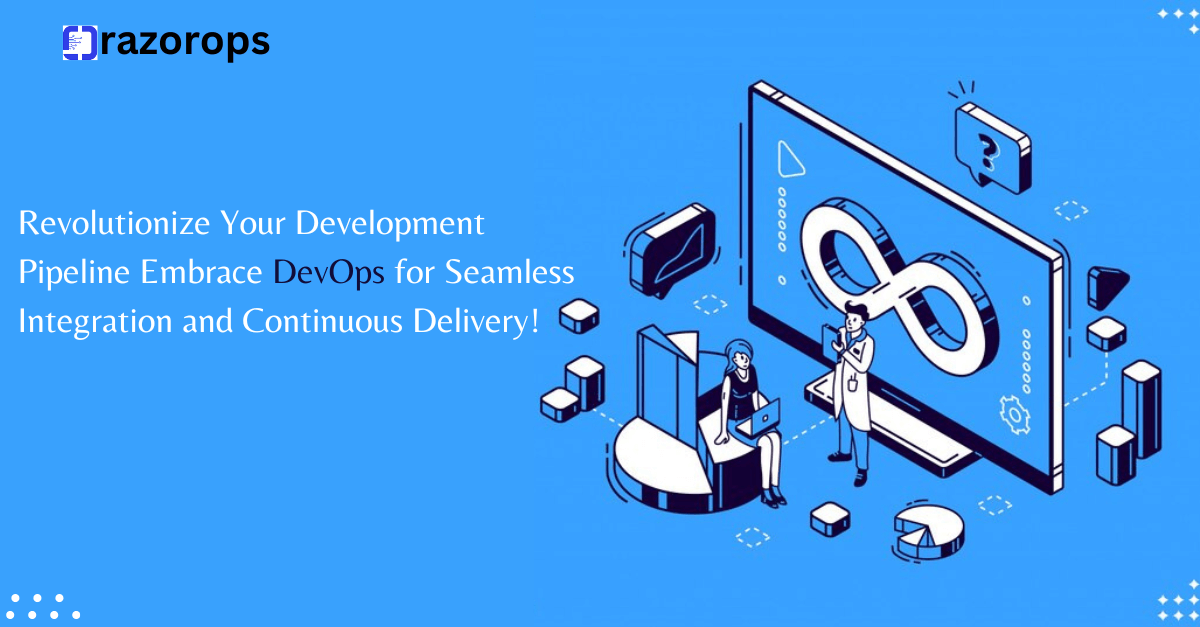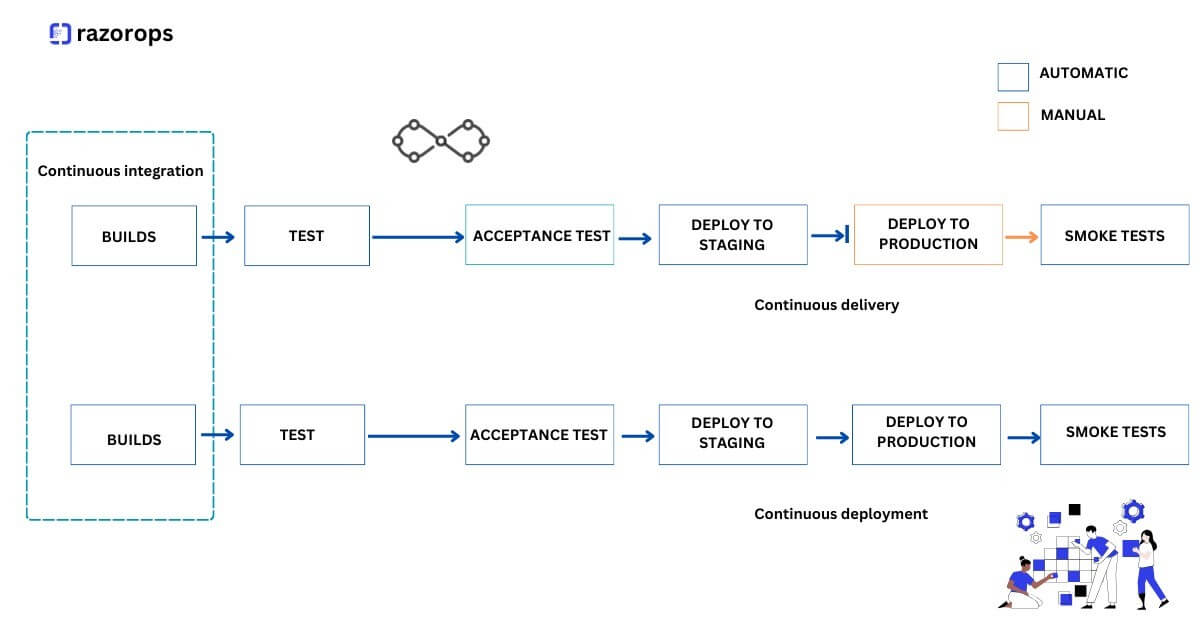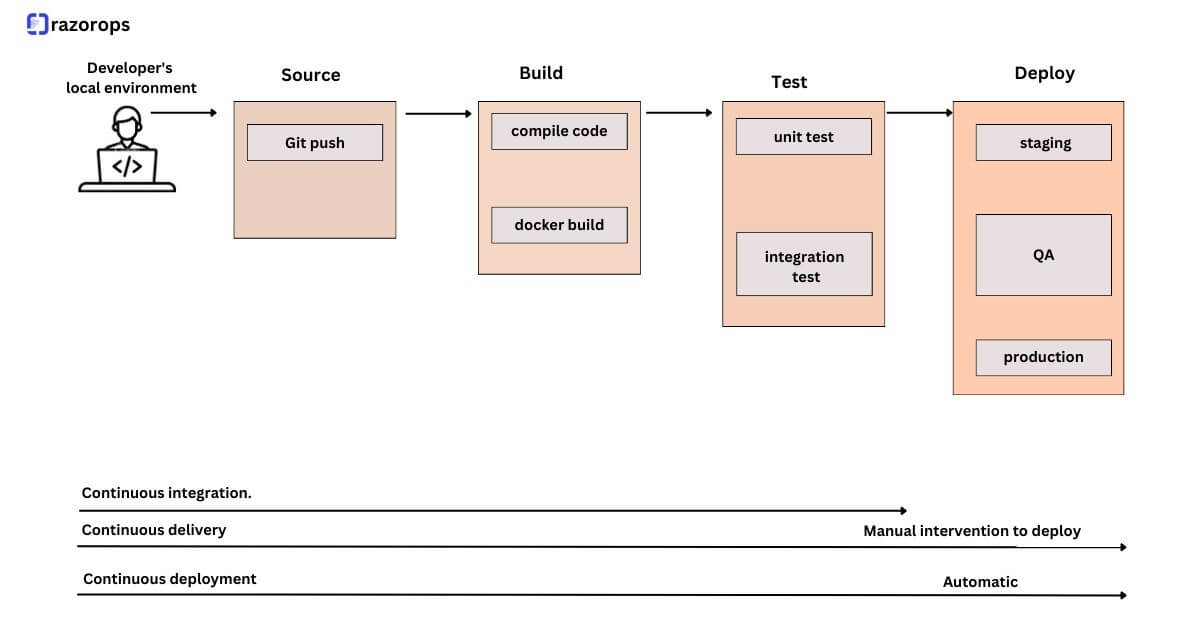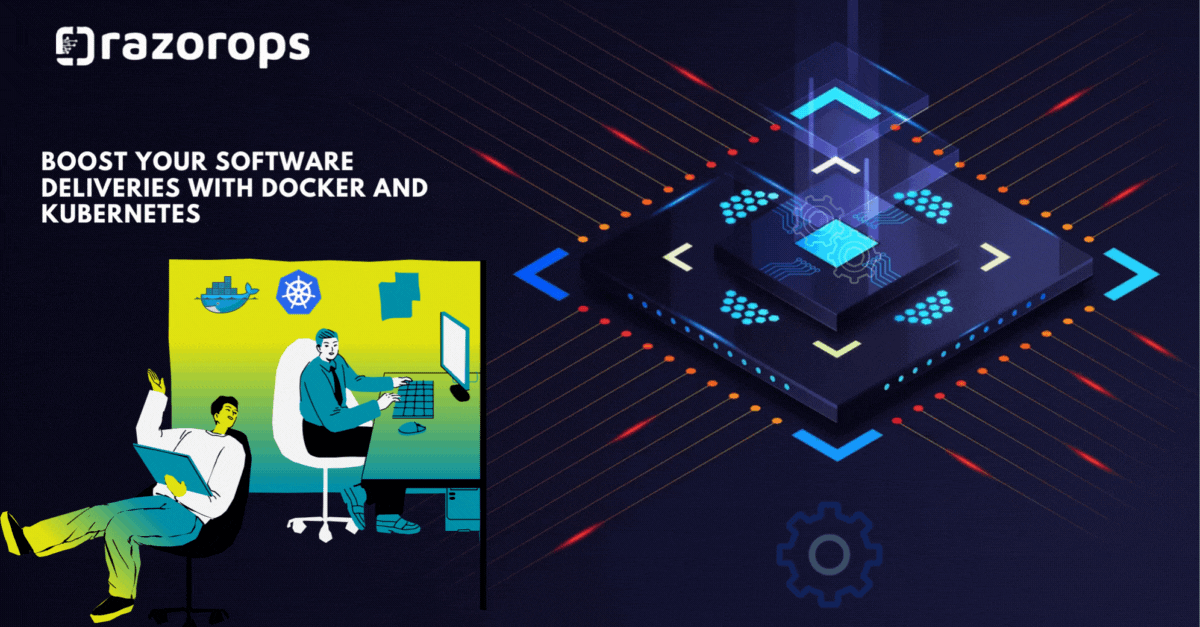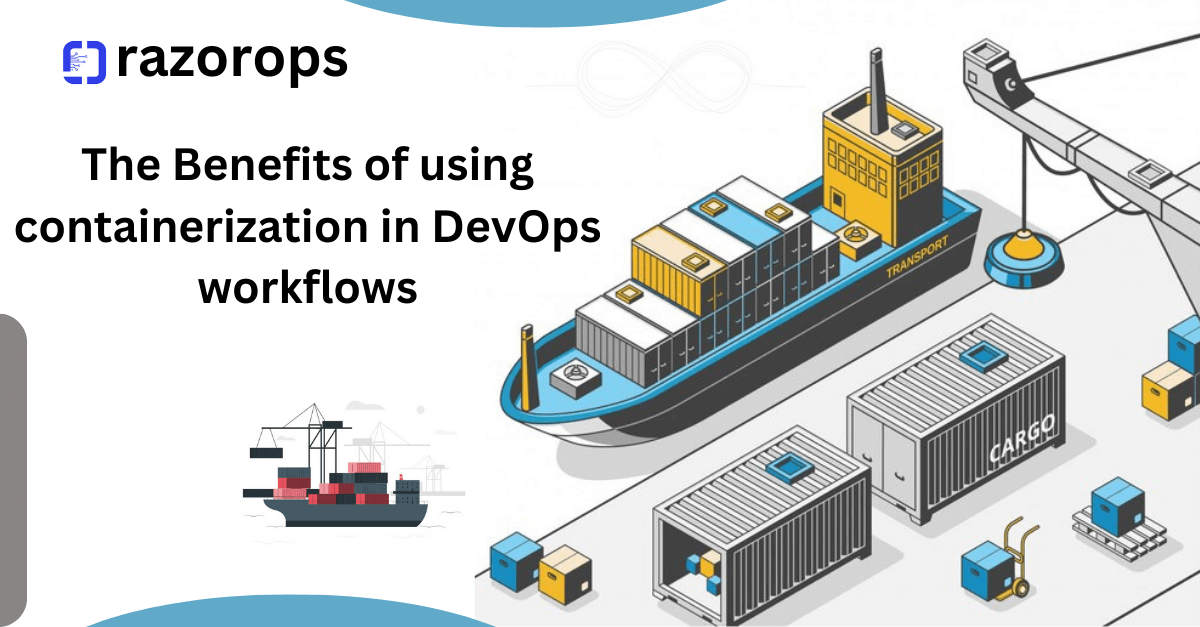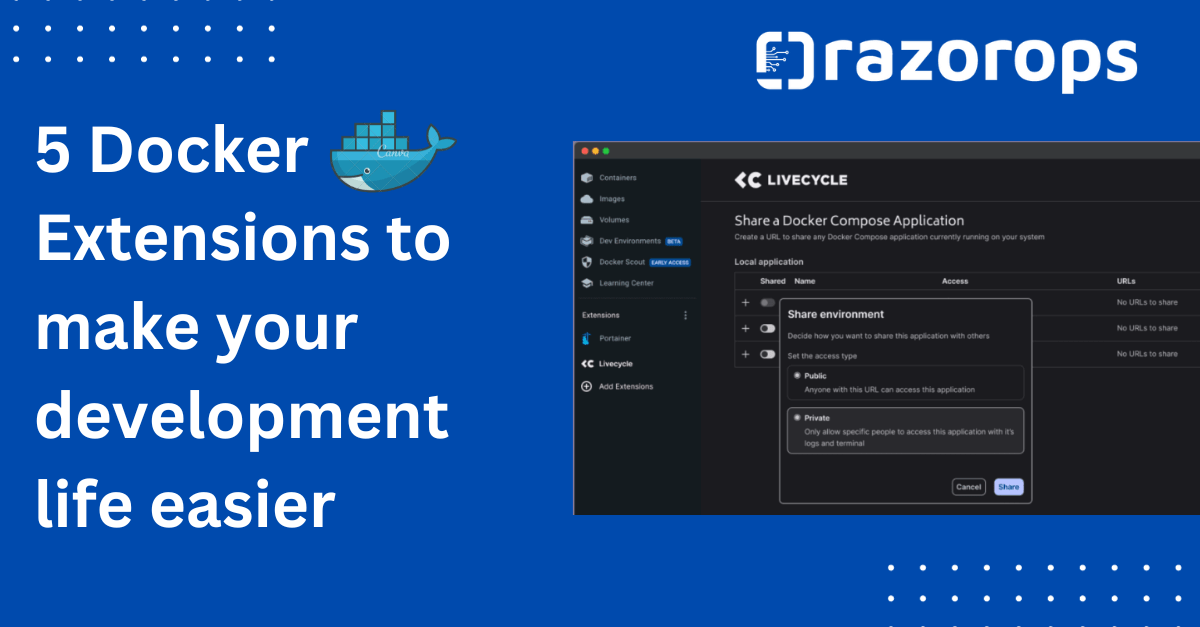Simplifying your Kubernetes infrastructure with cdk8s
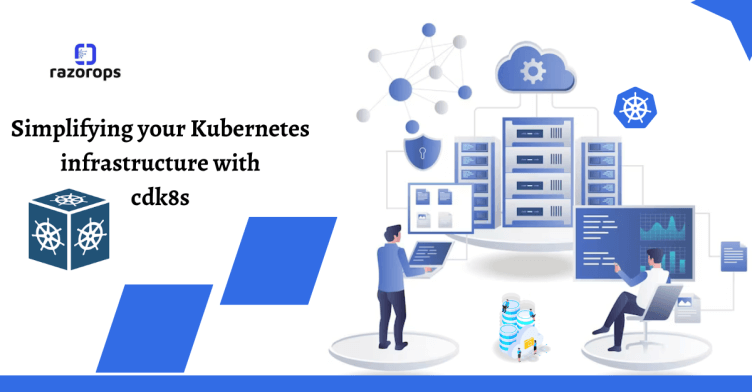
Kubernetes has become the backbone of modern container orchestration, enabling seamless deployment and management of containerized applications. However, as applications grow in complexity, so do the challenges of managing their Kubernetes infrastructure. Enter cdk8s, a revolutionary toolset that transforms Kubernetes configuration into a developer-friendly experience. In this article, we’ll dive deep into cdk8s, exploring its capabilities, benefits, and how it can radically simplify your Kubernetes infrastructure.
Section 1: The cdk8s Revolution
Introducing cdk8s: A Developer-Centric Approach to Kubernetes
Why Traditional YAML-Based Configurations Fall Short
How cdk8s Unleashes the Power of Programming Languages
Section 2: Getting Started with cdk8s
-
Setting Up Your Development Environment
-
Creating Your First cdk8s Application
-
Exploring the Anatomy of a cdk8s Project
Section 3: Declarative Kubernetes with Code
-
Defining Kubernetes Resources Using cdk8s Constructs
-
Leveraging TypeScript, Python, or Java for Resource Definitions
-
Achieving Type Safety and Code Validation
Section 4: Streamlining Deployment Workflows
-
Continuous Integration and Continuous Deployment (CI/CD) with cdk8s
-
Testing and Validation Best Practices
-
Automating Rollouts, Rollbacks, and Scaling Operations
Section 5: cdk8s in Real-World Scenarios
-
Orchestrating Microservices Architectures
-
Managing Stateful Applications with Persistent Volumes
-
Handling Multi-Environment Deployments
Section 6: Advanced Techniques and Tips
-
Extending cdk8s with Custom Constructs
-
Integrating Helm Charts and Operator Frameworks
-
Overcoming Common Pitfalls and Troubleshooting Tips
Section 7: Future Trends and Ecosystem Integration
-
Exploring the cdk8s Community and Contributed Libraries
-
The Future of Kubernetes Infrastructure Management
-
Embracing the Future: Why cdk8s is a Game-Changer for Kubernetes
-
Transforming Your Infrastructure with Code, Not YAML
Delving into the world of cdk8s, you’ll unlock a new era of Kubernetes infrastructure management. From streamlined workflows to enhanced maintainability, cdk8s empowers developers to take control of their Kubernetes deployments like never before. Whether you’re a seasoned Kubernetes pro or just starting out, this guide will equip you with the knowledge and tools to revolutionize your infrastructure. Say goodbye to configuration headaches and hello to a more agile, scalable, and maintainable Kubernetes ecosystem. Embrace the cdk8s revolution today!
Mastering Kubernetes: Best Practices for Efficient Operations
Working on Kubernetes is a journey into the heart of modern container orchestration, where scalability, resilience, and efficiency reign supreme. This comprehensive guide will equip you with the best practices and strategies to navigate the Kubernetes ecosystem seamlessly. From deploying microservices to managing complex workloads, we’ll explore the essential skills and techniques that will empower you to become a Kubernetes maestro.
Section 1: Understanding Kubernetes Fundamentals
-
Unraveling the Core Concepts: Pods, Deployments, Services, and more
-
Navigating the Kubernetes Architecture: Master, Node, etcd
-
Networking and Service Discovery in a Kubernetes Cluster
Section 2: Setting Up and Configuring a Kubernetes Cluster
-
Choosing the Right Deployment Platform: Cloud, On-Premises, or Hybrid
-
Using Kubernetes Distributions: Minikube, kubeadm, and Managed Services
-
Configuring RBAC, Network Policies, and Security Contexts
Section 3: Efficiently Deploying Applications
-
Writing Kubernetes Manifests: YAML or the cdk8s Approach
-
Helm: Streamlining Packaging and Deployment
-
CI/CD Pipelines with Kubernetes: GitOps and Continuous Delivery
Section 4: Managing Persistent Data and Stateful Applications
-
Understanding Persistent Volumes and Persistent Volume Claims
-
StatefulSets: Deploying and Scaling Stateful Applications
-
Implementing Backup and Disaster Recovery Strategies
Section 5: Ensuring High Availability and Scalability
-
Mastering ReplicaSets, Deployments, and Horizontal Pod Autoscaling
-
Multi-AZ Deployments and High Availability Architectures
-
Implementing Rolling Updates and Canary Releases
Section 6: Monitoring, Logging, and Troubleshooting
-
Setting Up Monitoring with Prometheus and Grafana
-
Centralized Logging with Fluentd and ELK Stack
-
Proactive Debugging and Troubleshooting Techniques
Section 7: Advanced Topics and Best Practices
-
Building Custom Controllers and Operators
-
Integrating Kubernetes with Service Meshes: Istio, Linkerd, and Envoy
-
Security Best Practices: Pod Security Policies, Network Policies, and RBAC
-
Elevate Your Kubernetes Game: From Novice to Maestro
-
Embracing the Future: Trends and Innovations in the Kubernetes Ecosystem
With these best practices and strategies at your disposal, you’re well-equipped to tackle the challenges and complexities of working on Kubernetes. Whether you’re orchestrating microservices or managing large-scale deployments, this guide will be your trusted companion in your journey towards Kubernetes mastery. Step into the world of efficient, scalable, and resilient container orchestration with confidence!
cdk8s components
cdk8s, or Cloud Development Kit for Kubernetes, is a software development framework that allows you to define Kubernetes applications using familiar programming languages. It leverages the power of modern programming languages to streamline the process of defining, deploying, and managing Kubernetes resources.
The cdk8s framework consists of several key components:
-
Constructs: Constructs in cdk8s are building blocks for defining Kubernetes resources. They represent a piece of the infrastructure, such as a Pod, Deployment, Service, etc. These constructs can be composed to create more complex applications.
-
APIs: The APIs in cdk8s provide a way to define Kubernetes resources using programming constructs. These APIs are available for various resource types in Kubernetes, allowing you to create and manipulate resources directly from your code.
-
cdk8s CLI: The cdk8s command-line interface is a tool that facilitates the initialization and synthesis of cdk8s projects. It assists in setting up your development environment and generating boilerplate code.
-
cdk8s Libraries: These are libraries that provide pre-built constructs for common Kubernetes resources. They encapsulate best practices and help you build applications more efficiently.
-
Context: Context provides information about your development environment, such as the target Kubernetes cluster, default namespace, etc. It helps in adapting your application to different environments without code changes.
-
cdk8s Apps: Apps are higher-level abstractions that define an entire set of resources required for an application. They make it easier to organize and deploy complex applications.
-
cdk8s+ Libraries: These are extension libraries that build on top of cdk8s libraries to provide additional functionality, such as integration with other AWS services.
-
Construct Libraries: These are community-contributed libraries that extend the capabilities of cdk8s by providing pre-built constructs for specific use cases or applications.
-
cdk8s+ CLI: An extension of the cdk8s CLI, cdk8s+ CLI provides additional commands and functionality for working with cdk8s+ libraries.
These components work together to provide a powerful and flexible framework for defining Kubernetes applications using popular programming languages like TypeScript, Python, and Java. By leveraging cdk8s, developers can bring their software engineering practices to Kubernetes infrastructure, resulting in more maintainable, scalable, and efficient applications. Follow RazorOps Linkedin Page Razorops, Inc.

